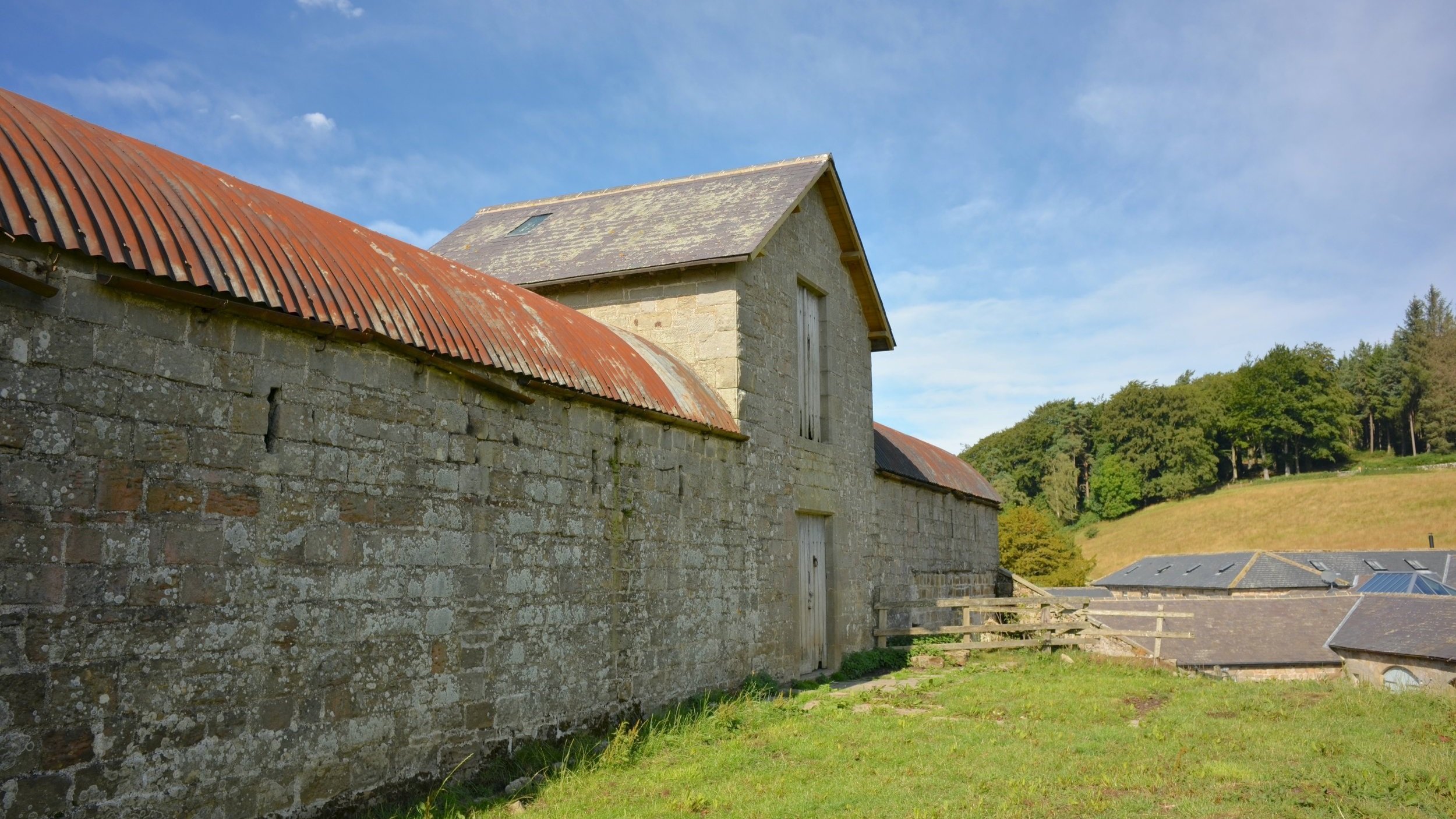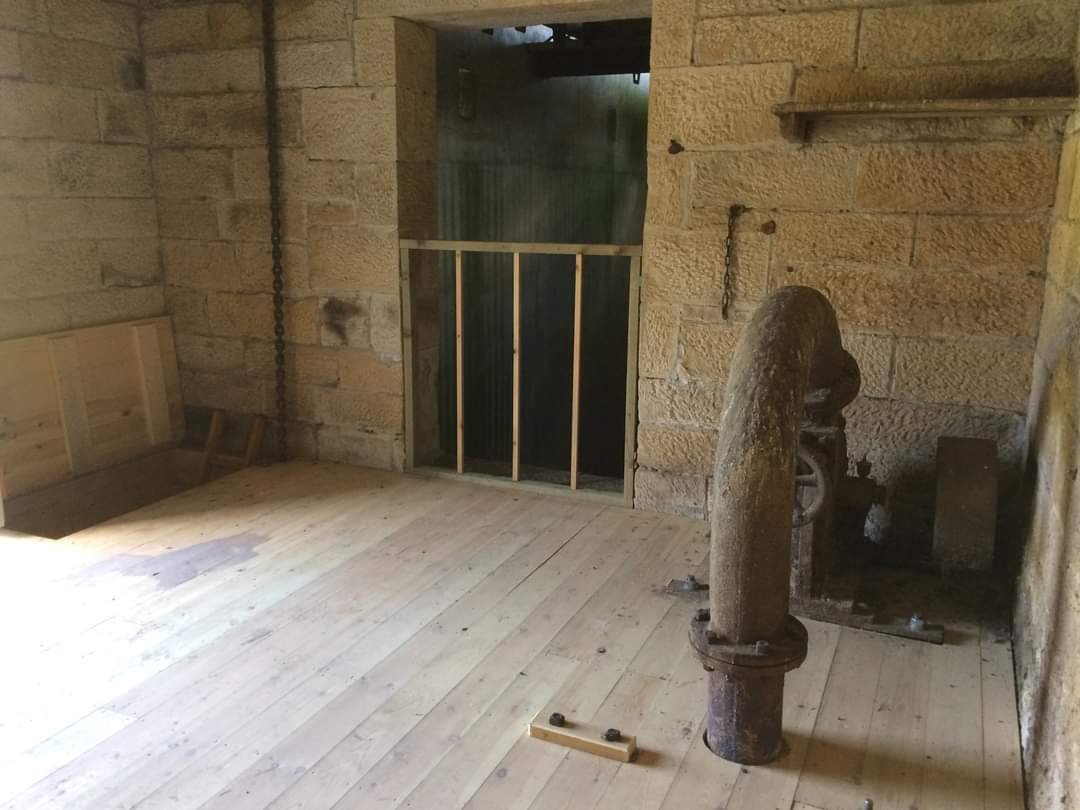Cragend: a historic farm silo
Rare historic farm buildings frequently need support, often because they are no longer suitable for modern machinery and are in poor repair. The Historic Houses Foundation’s grant to Cragend Farm in Northumberland has enriched the local history of the area and revealed new details of the entrepreneurial spirit of one of the great industrialists of the North, William Lord Armstrong.
In 2018, the Renwick family turned to the Historic Houses Foundation for the chance to rescue a unique abandoned silo on their farm, part of the Cragside Estate. Their National Lottery grant application had been blocked because the farm, although a business, is a private residence. The Historic Houses Foundation grant has been integral in shining a light on new evidence about the building as part of the Cragside Estate in Northumberland.
The Magician of the North
William, Lord Armstrong was one of the towering figures of the Victorian era. With his development of hydraulic technology to drive cranes in the docks of Newcastle he revolutionised both the Port of Tyne and the management of dockyards worldwide. At the engineering works that he founded at Elswick on the Tyne, he went on to develop guns and warships that were not only sold all around the world but also made him rich.
In 1863, he bought land to build a country house at Rothbury in Northumberland where he spent increasing amounts of time as he grew older. Always the visionary, in the 1870s, Armstrong set up a revolutionary hydro-electric system on the Debden burn at Cragside generating power through a Siemens dynamo engine to drive power for his estate and farms.
It made Cragside the first house in the world to be lit by electric light, using the technology developed by Joseph Swan, a fellow North Easterner. Armstrong’s hydro-electric plant at Cragside, also the first in the world and now restored by the National Trust, was used to power a whole range of domestic appliances from dishwashers to lifts.
The history of sileage
As Lord Armstrong’s landholdings at Cragside increased, he acquired a 16th century farm on the edge of the river Coquet called Cragend, just over the hill. Here hydraulics were employed for threshing and milling. One building of particular interest survives as a local landmark standing high above the farmhouse. It is a rectangular building with a central tower roofed with slate while the wings are roofed with curved sheets of corrugated iron, dating from around 1895. This building, now called the Silo, was designed to exploit a highly experimental technology, apparently based on an example that Lord Armstrong had seen operating in France but now harnessing his new power of hydraulics.
The silo was designed for the efficient creation of sileage, a new winter feed for cattle made from fermented grass, technique developed in Germany - the principles are the same as sauerkraut - and promulgated in France in the 1870s. In the basement was a hydraulic engine which drew water from nearby Blackburn Lake (since drained); this drove a turbine at ground level; which provided power for a chopping machine which once stood at first floor level. The processed grass was manually moved into deep sileage bays on either side where it was compacted by the weight of 18 hydraulically lifted stone drums. The four-metre tall hydraulic engine was supplied to Lord Armstrong from Gilkes & Co of Kendal, an agricultural machinery supplier founded in the 1850s and still in existence. Having been cleared of several feet of compacted pig slurry, it is now a rare survival of an early hydraulic engine still in its original situation. Recent research by Louise Renwick has found the original drawings for the engine which dates it firmly to 1884.
Repairing an agricultural treasure
The Historic Houses Foundation funding will be used to restore the interior stairs and floors so that visitors will be able to explore the building, gaining not only a view into advances in 19th century agriculture but a glimpse into the mind of one of the most inventive and influential Victorian pioneers. Engine-heads will enjoy the early machinery too. Check Heritage Open Days for days to visit.



